I have often viewed my professional career as having moments where I build on general ideas and concepts from earlier positions, but adapted to suit the local community. I am always wary of being the guy who constantly says “well, when I was at X, we did…” And in this particular case, it was actually our marketing director who had an idea and took leadership of a project that closely resembled work I had done before.
In my previous position, readers may remember I had started a semi-annual visual arts fair sited in the lobby of the performing arts center I ran. Not knowing that, our marketing director proposed something along the lines of a fringe festival model with visual arts merchants and activities sited in the lobby of our historic theatre and performances/exhibitions sited in locations around the space, including the box seats, dressing rooms, balcony stairs, green room and main stage area.
The first attempt at mounting this event happened this weekend and it turned out to be successful in ways we hadn’t envisioned. We imagined people would bring their kids to see the art works on sales and participate in the hands on activities. While the kids were busy, the parents would stick their heads in on the TED Talk-esque sessions happening in the main room. There would be other times that people would wander the space seeing the installations and then the performance elements would start late afternoon and go into the evening.
It turned out that very few people applied to do the TED Talk type program, but instead we had so many show up who had never been to the venue before or hadn’t been in 30 years, that we ended up running a constant cycle of tours of the facility. We had held open houses in the past with the specific intent of letting people see the mysterious backstage areas and didnt have much interest, but it turn out this festival idea drew people in and left us in a position to give the tours. Now we are thinking of scrapping a lengthy TED Talk program in the future, both for lack of apparent interest but also because it would interfere with our ability to give tours.
The installations by visual artists exhibited a great use of our space and now that more people have seen how the spaces were used, we expect to receive more applications with a broader use of the particular architecture of the building in the future. Likewise, many performing artists “understood the assignment,” as it were and came up with a creative use of the space.
One of the performances pieces ended up becoming an impromptu exhibit. On Saturday, an artist and her collaborator staged a comedic dating game were participants had to rotate between activities set up in the box seats of the theater. Some of the assignments were things like drawing a portrait of the relative that always ruins Thanksgiving. Another was to write down the worst pick up lines or insults a prospective suitor has used. Since the collection of responses was so amusing, we left everything up on Sunday as the “Graveyard of Bad Dates.” Throughout the day people stopped to read what had been written, make their own contributions, or participate in the activities. There was an 1000 piece puzzle that got closer to completion by end of day Sunday. The most amusing experience was watching people who were unfamiliar with record players discovering that the music would start wherever you dropped the needle.
One of the most gratifying outcomes, (though we shouldn’t have been surprised since we intentionally designed for it), was the diversity of artists represented. We had set up a blind jury system where we recruited visual and performing artists to both advise us on the design and execution of our overall project and to serve as a jury on the works submitted. We excised identifiable information from the applications before sending it to them to score. This was definitely a much more time and labor intensive process than an internal review would have been, but we were pleased with the results. More than half the participating creators, both performers and visual, were black and one was neurodivergent.
While we might have ended up in the same place using internal staff to choose artists, we are more confident in the outcome since we took steps to reduce the opportunity for bias. Additionally, since we were doing so many tours engaging in conversations with visitors we were able to learn that many of those who had never been in the space before/within the last 20 years, came from diverse racial, geographic and economic backgrounds.
The advice of the external jury was instrumental in shaping our application process and policies. For instance, we discarded the idea of table fees and used an honor system based percentage of sales so that artists that didn’t sell anything weren’t out the additional expense of a table fee.
Like my previous experience running an arts fair in the lobby of a performing arts center, newer artists got to see how more experienced artists operated in order to capture sales by carrying items with different price points and displaying their work to the greatest benefit. There were artists who only sold 2-3 pieces who said that was the most they had ever sold at this type of event. Others who came in from out of the area was pleased to be able to network and share tips with more locally based artists.
There was one artist who gave a painting lesson to a girl on Saturday. On Sunday the girl showed up for a second lesson and then the mother showed up and said their home needed three pieces by her daughter so she needed to take another lesson.
One of the artists was so excited and invested in the concept of the fringe festival style event, he ended up being our primary tour guide for the weekend. He is interested in learning more stories about the building, who performed there and what ghosts haunt it.
As I often write, it is generally difficult to import an idea from one community to another and have the same success. I suspect we may even have a different experience if we do the same event next year. There is a lot of groundwork we (90% credit going to the marketing director and her energy, I was more perspiration than inspiration on this project) that occurred over the last two years I haven’t mentioned that contributed to the perception of this event as successful. Even if we only retain 5% of the goodwill we generated, the event probably made the most progress in our pursuit of shifting perceptions about who our organization is for of any in the past year.



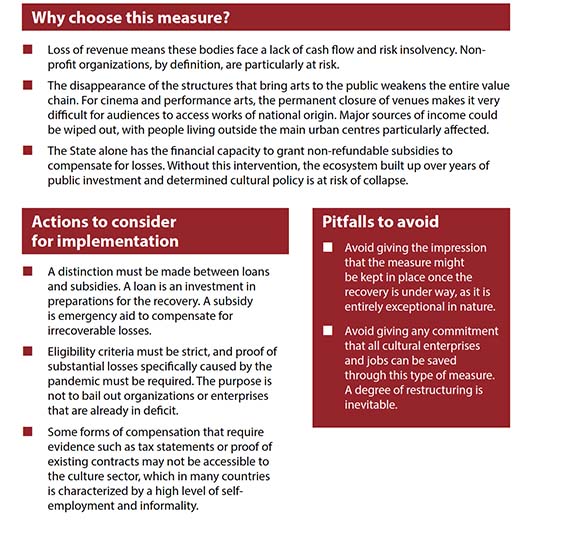
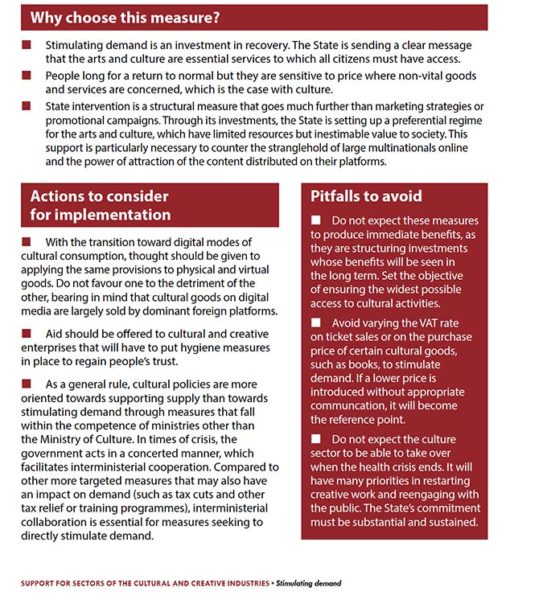
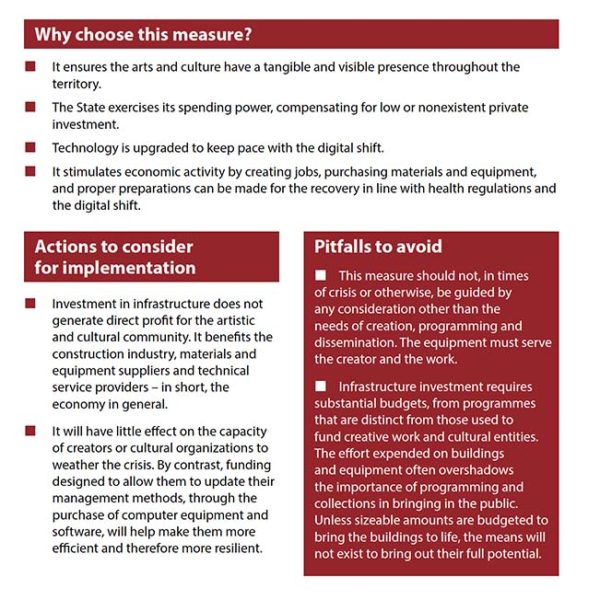
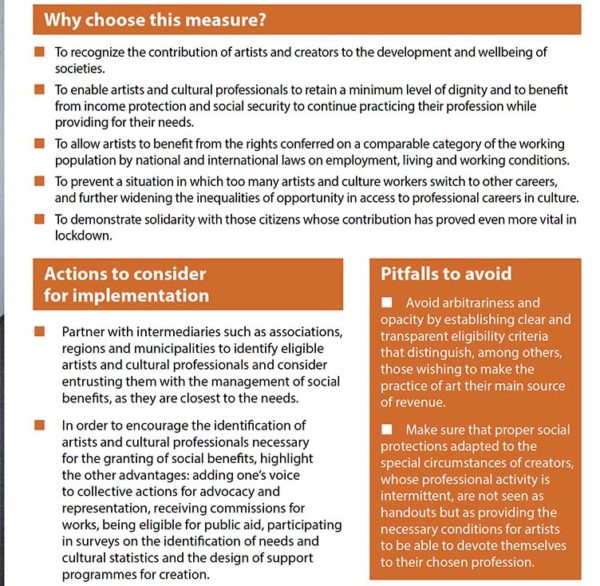
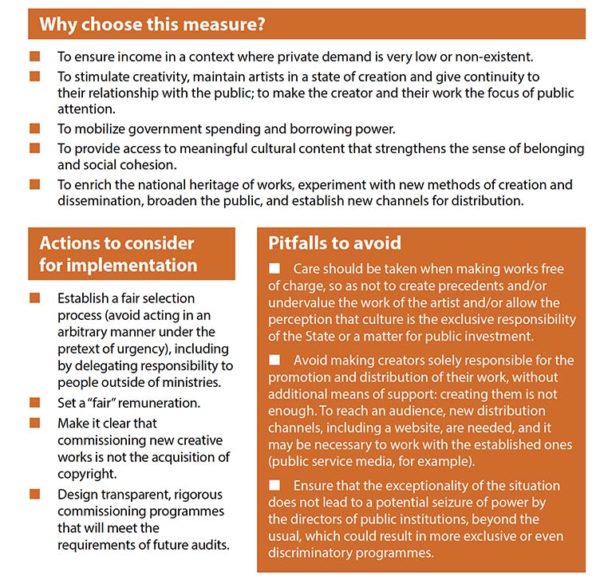
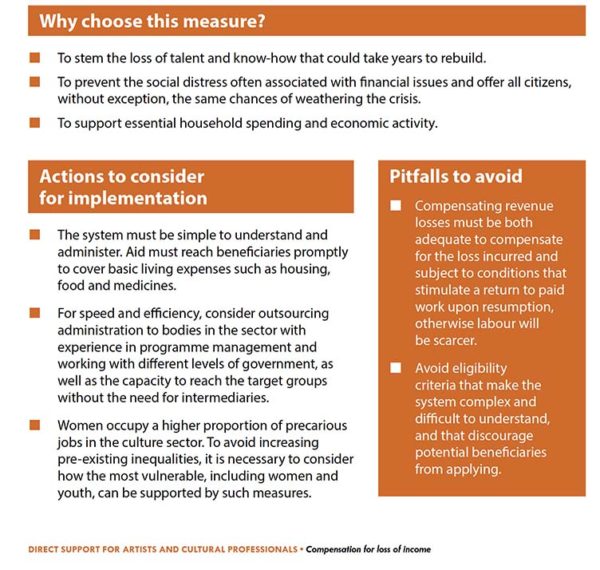
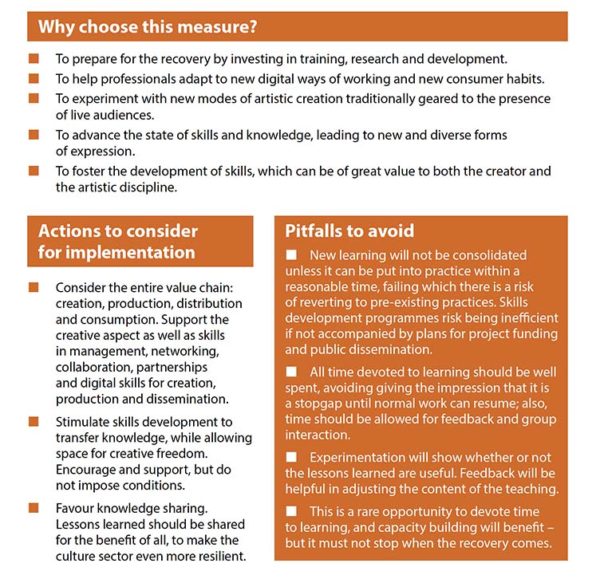

I've been to a few of the Science on Tap events, though I never gave a talk at one of…